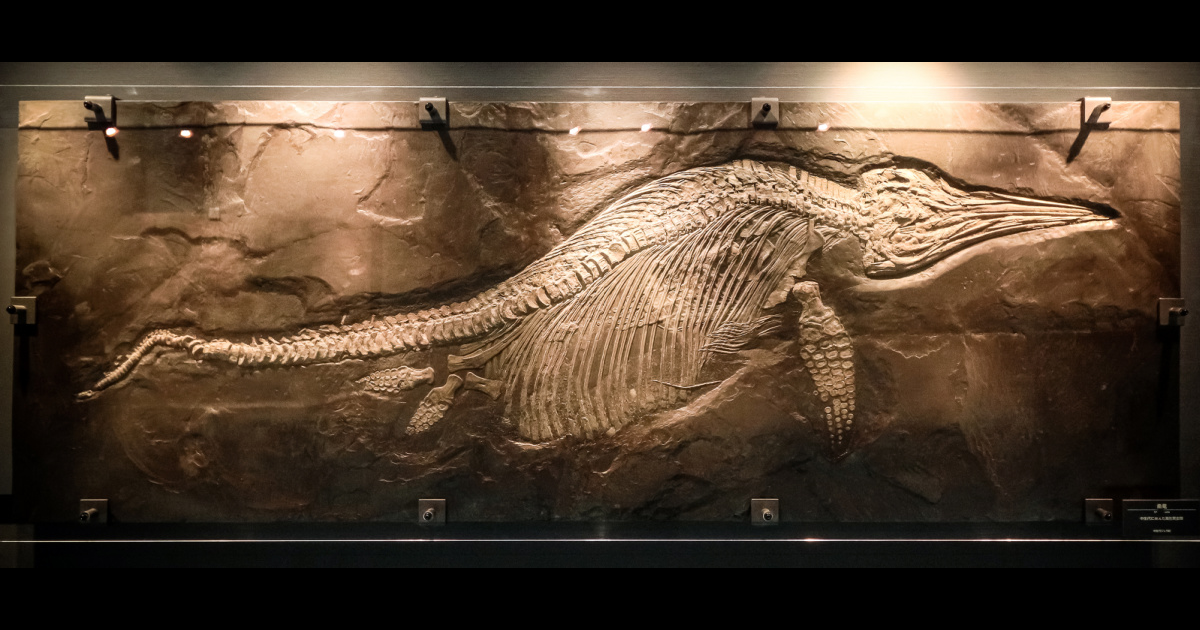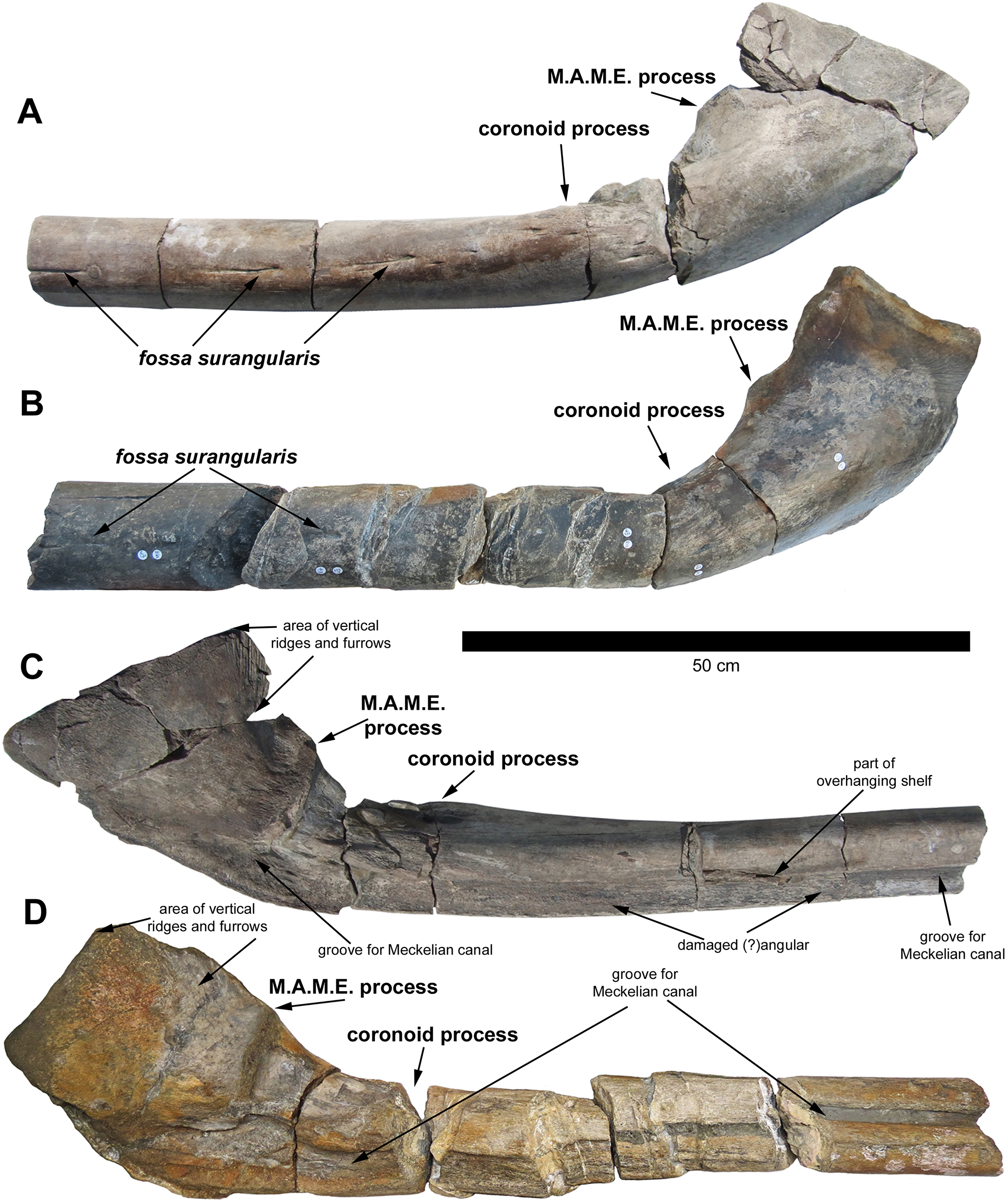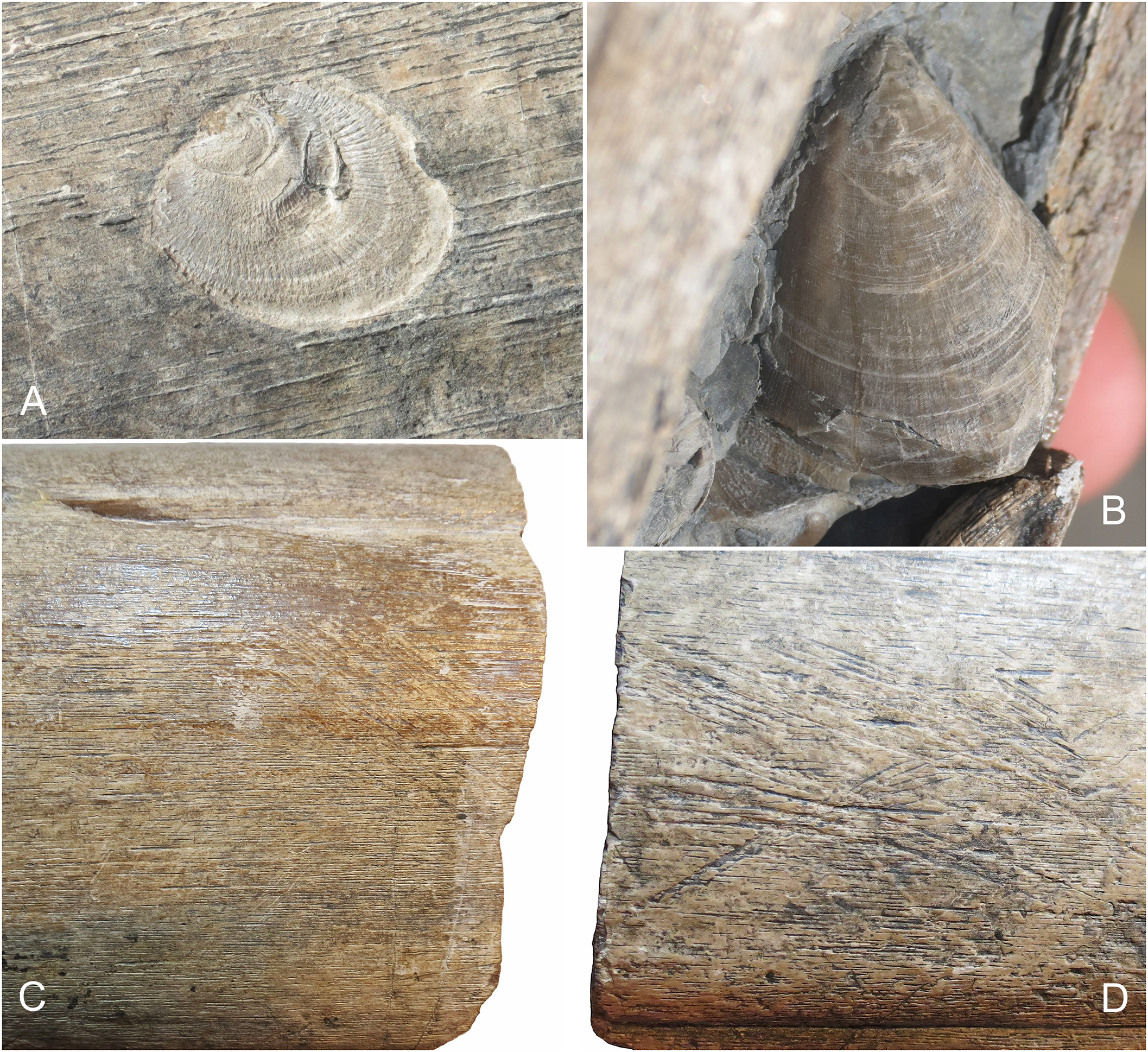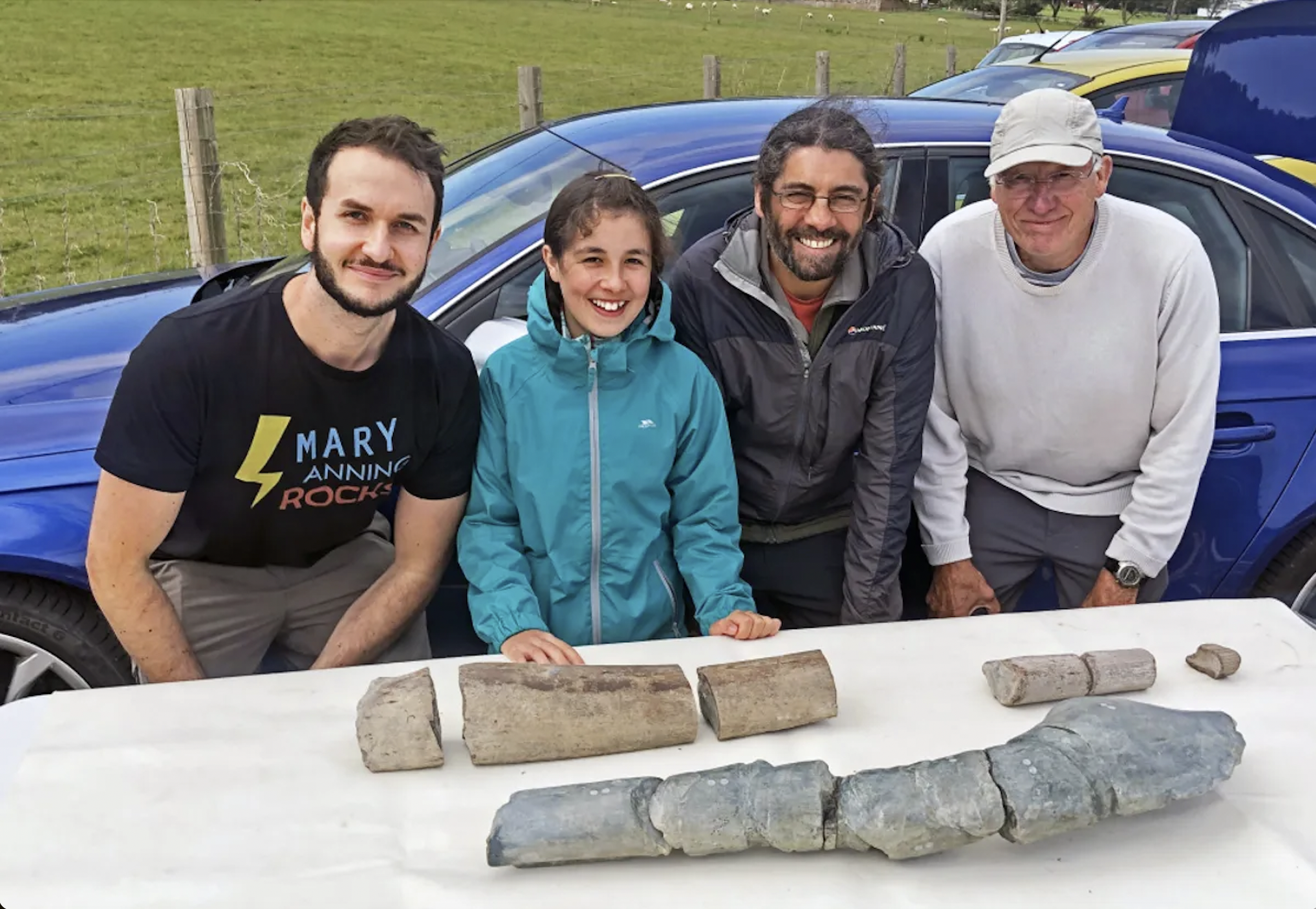
In the seaside village of Blue Anchor in Somerset, England, an extraordinary discovery was made by an 11-year-old girl and her father. In May 2020, Ruby Reynolds and Justin Reynolds stumbled upon several bone fragments embedded in rock on the beach near the River Severn.
The fossil turned out to be a significant find: the largest marine reptile ever discovered, an ichthyosaur named Ichthyotitan severnensis. This extinct creature lived during the Triassic Period around 202 million years ago and is estimated to have been approximately 82 feet long.
The discovery began eight years prior when Paul de la Salle found a giant jaw bone in Lilstock, Somerset. In 2018, Dr. Dean Lomax and his team studied the fossil and hoped for more specimens to come to light in the future.
Ruby and Justin's find complemented Paul de la Salle's discovery with two complete examples of the same jaw bone. This allowed researchers to confidently name it a new species, providing valuable insights into this prehistoric sea monster.
Ichthyosaurs were dominant predators of the world's oceans during the Triassic Period and resemble whales in that they gave birth to live young and committed entirely to a life at sea. The discovery of Ichthyotitan severnensis has academic potential in understanding how vertebrates were able to grow to such large sizes.
The Triassic Period was an intriguing time when early mammals and dinosaurs appeared, but Ichthyotitan severnensis reigned until the end of the period when a mass extinction event occurred. No marine reptile ever reached such gigantic sizes again, and whales took over as dominant marine predators.
The Reynolds family's discovery has been met with excitement from researchers and the public alike, shedding new light on our planet's ancient history.







